Dongkun Zhang
Advisor: Carlos Rueda
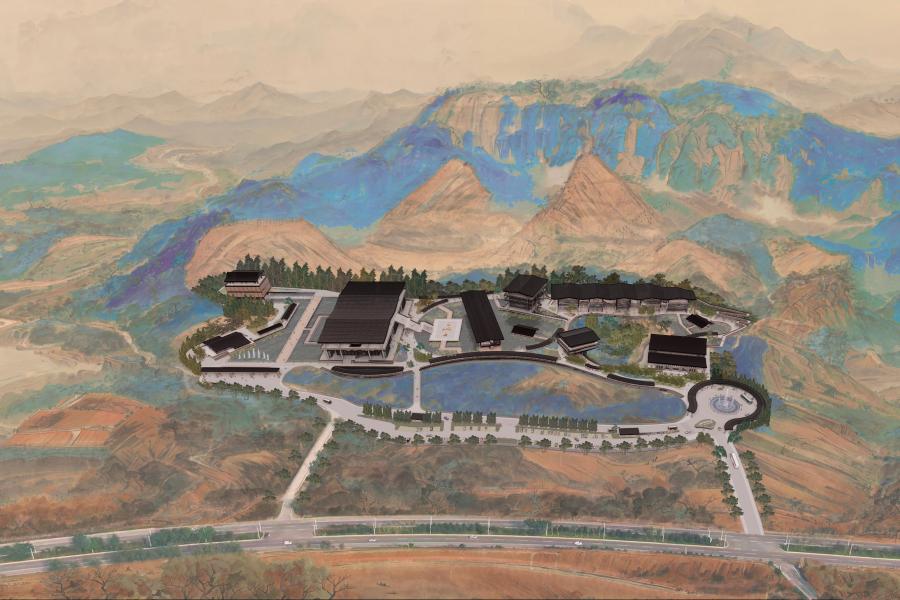
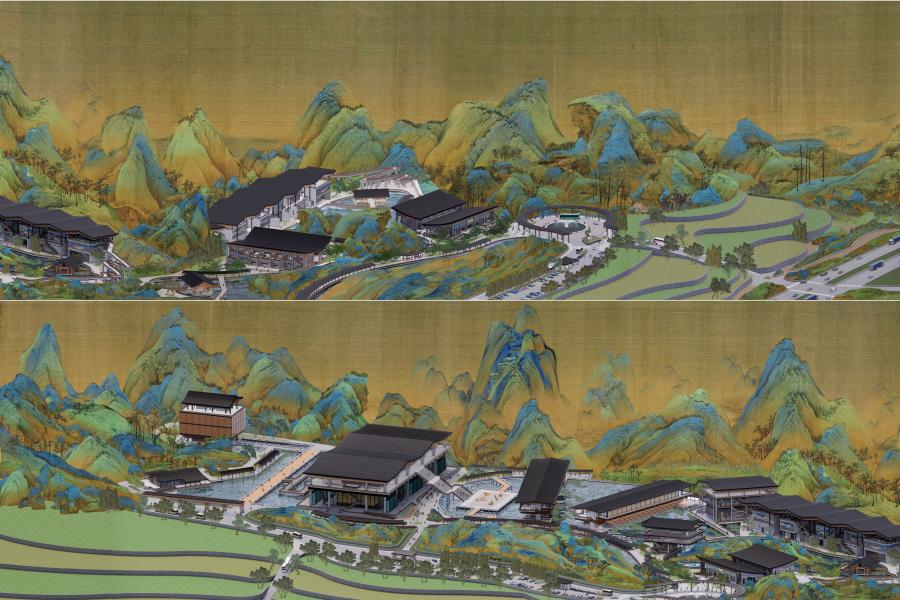
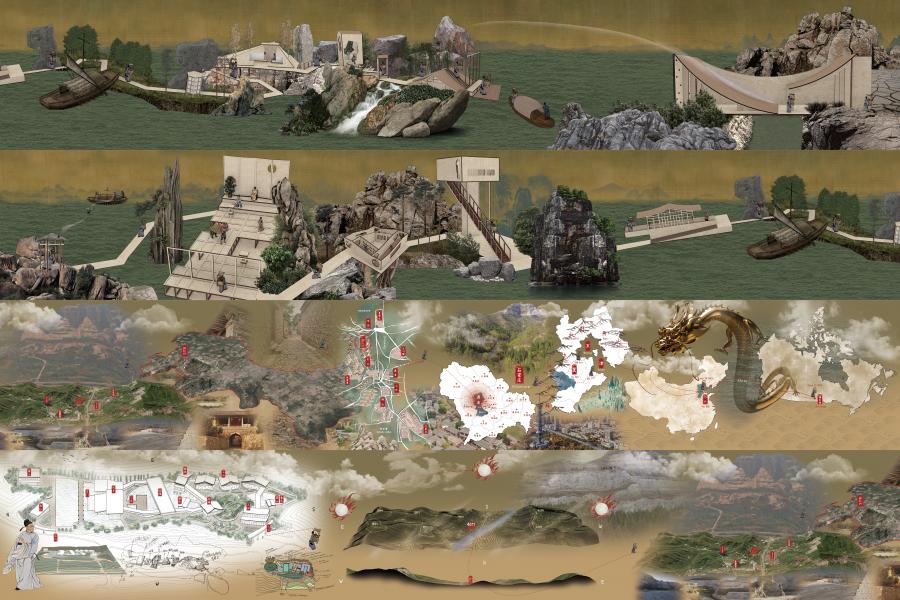
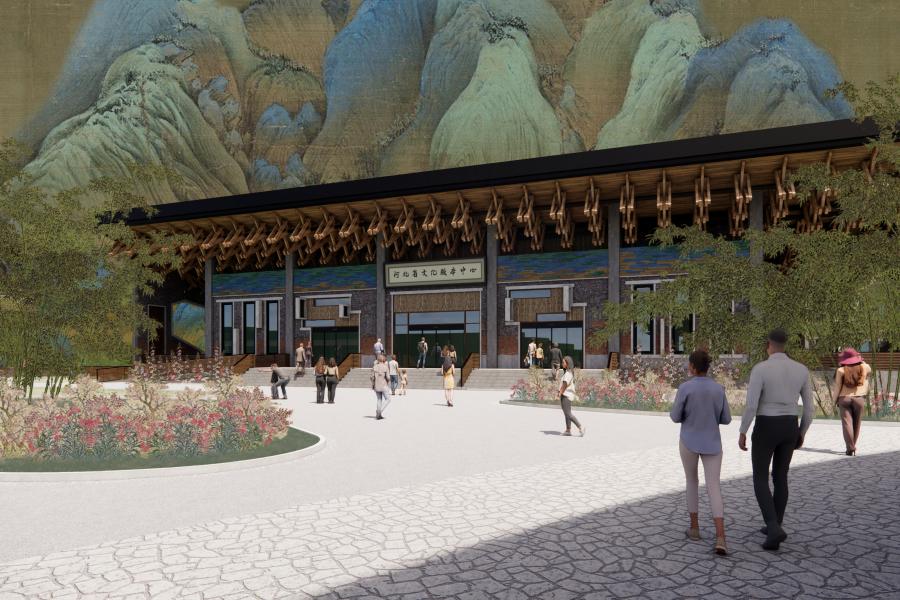
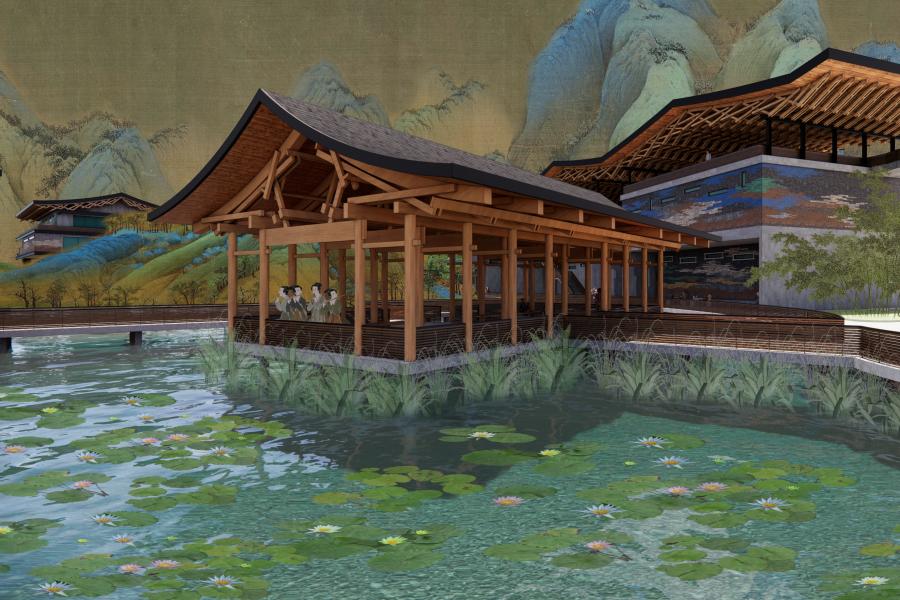
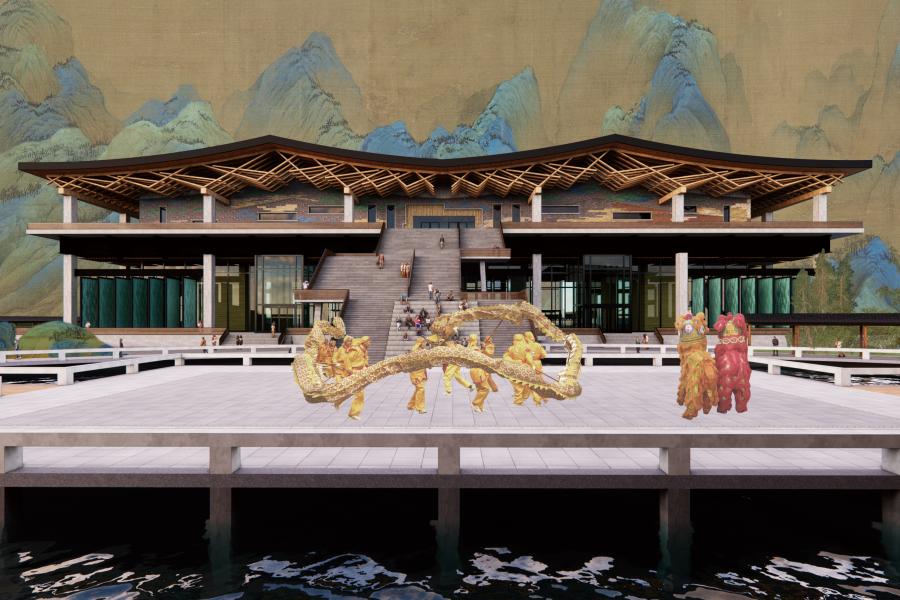

Chinese Landscape Painting and Architectural Poetics
从中国山水画体会建筑诗意
To Build a Diverse World Following ‘A Thousand Miles of Rivers and Mountains’
The purpose of this thesis is to explore the potential of pre-modern Chinese landscape painting, which is characterized by its unique formats and techniques that achieve depth in space and duration in time, as a means for the interpretation and design of architecture. The author will gradually delve into the poetic language of this painting by examining "A Thousand Miles of Rivers and Mountains千里江山图" by Wang Ximeng. This language encompasses a broader meaning of architectural representation, going beyond pictorial techniques to the philosophical realm of understanding and experience. Complementing the visual effects, it serves as a verbal medium for the expression of narratives and critical semantics. Ultimately, the understanding of such processes of conceptualization may provide valuable insights for the intuitive improvement of modern architecture. In particular, in order to prevent 21st century modern architecture from succumbing to the pitfalls of empty utilitarianism, iconicism, or mere banality, establishing poetic connections with Chinese cultural traditions may be a practical strategy.
This thesis also aims to translate Chinese landscape painting into modern architecture. In order to effectively promote Chinese culture, the proposed design will take the form of a cultural center for the preservation of the witnesses of Chinese civilization. A comprehensive venue that combines exhibition halls, library, art gallery, and public engagement spaces, the He Bei Provincial Cultural Center. It mainly houses the collections of Chinese classics and documents from the era of the Republic of China on the mainland. It fully embodies the Chinese people's strong commitment to the inheritance and development of Chinese culture, the drawing of wisdom from history, and the charting of a better course for the future. This cultural center will create a new symbol that shows Chinese cultural confidence and reflects the spirit of the times, playing a pivotal role in the reversal of collection, exhibition, research and exchange.
Keywords: Architectural Poetics, Chinese Landscape Painting, Architectural Representation, Cultural Centre
